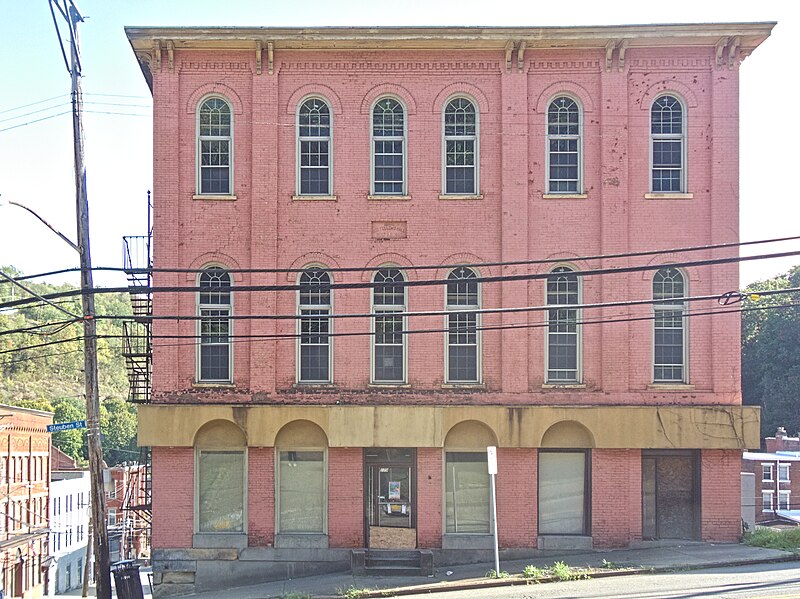
An assortment of styles from a block and a half of North Avenue facing the Commons in old Allegheny. These houses are now included in the Mexican War Streets Historic District. First, a tall and narrow Queen Anne house built in the 1880s.



This Queen Anne has a larger lot and thus more room to spread out and grow picturesque projections.


These three houses probably go back to the Civil War era; they are typical of the larger sort of houses that grew all over Pittsburgh from the beginning until the middle 1800s, when more elaborate styles came into fashion.


It is not easy to guess the age of these little houses. Old Pa Pitt’s best speculation, judging from old maps, is that they also go back to the Civil War era, but had their fronts modernized at some time around 1900. The one on the left may have had its front replaced more than once before it finally ended up with this Craftsman-style stucco treatment.

Finally, another house from the 1880s, this one with particularly elaborate woodwork.


Comments






